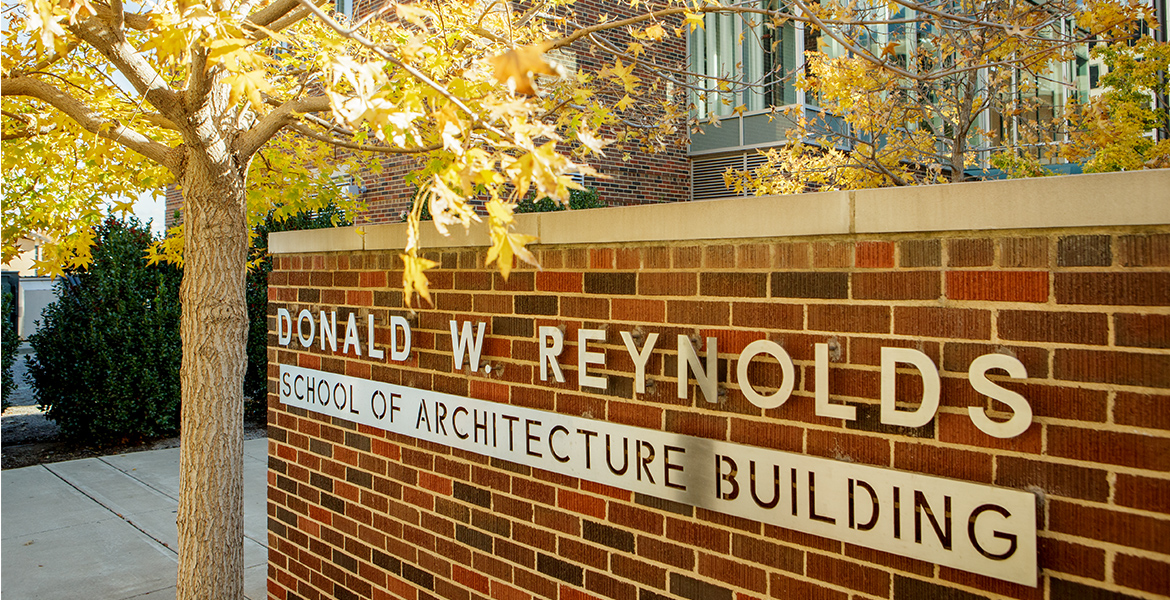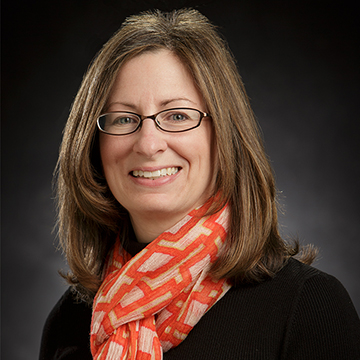
Faculty members from the School of Architecture recognized for new course development
Wednesday, March 4, 2020

Four faculty members from Oklahoma State University’s (OSU) School of Architecture have been recognized by Columbia University’s Temple Hoyne Buell Center for the Study of American Architecture and the Association of Collegiate Schools of Architecture (ACSA) as one of five winners of the 2020 Course Development Prize in Architecture, Climate Change and Society.
Tom Spector, Khaled Mansy, Jeanne Homer and John Phillips have been recognized for their inclusion of carbon footprint measurements into the school’s co-taught comprehensive design studio course, which is required for all fourth-year architecture students and counts as the senior design project for fifth-year architectural engineering students. The faculty members’ winning proposal, titled Design Based on Estimating Ripple Effects of Carbon Footprint, focuses on not only the in-use carbon footprint of the building (providing electricity and other utilities to the building), but also the embodied carbon footprint of the building which takes into consideration the carbon footprint created before and after occupancy, such as during construction and in manufacturing building materials. The inclusion of carbon analysis started last spring, and allows the students to use actual carbon data to make decisions and changes, as opposed to basing decisions on assumptions.

The students use a software program that allows them to track changes in carbon analysis throughout their project. “We already conduct several other forms of analysis in the design studio,” Mansy said. “This program allows us to take into consideration the entirety of carbon output for a building during its life cycle.” It starts with the most basic, code-compliant structure that meets the requirements the minimum energy efficiency requirements, but then allows them to compare any revisions made to the design to the original base model.
“We had already started taking into consideration the assessment of carbon performance of buildings last spring,” Spector said. “However, the results we were getting lead to more questions for us, which ultimately lead to the research topic that we submitted to the ACSA. How far do you follow the ripple effect when analyzing the carbon footprint of a building?” The sustainability issues that we face as a society are inherent in everything around us, including buildings. These faculty members are challenging their students to look beyond just the energy the building uses, but consider everything required to produce the materials used in the building.
The research lead to a natural progression into the ACSA contest which focuses on course development that centers on the causes and effects of climate change.

The ACSA hopes that these courses will challenge students with the tough questions that society faces today as it pertains to the urgency of sustainability efforts.
The award and research add new accomplishments to the School of Architecture’s highly regarded status among universities. The analysis of carbon output for buildings is still a very new idea, and one that few university-based design studio courses take into consideration. “The course is co-taught by interdisciplinary faculty which is very unusual,” Homer said. “It is one of the very few architecture programs in the country that use this approach.” However, it is something that the educators think is an indispensable part of a course that has been developed and adjusted over time. It consistently reiterates the idea to take all aspects of design and production into consideration while developing a building.
“What’s really unique about our program,” Phillips said, “is that the School of Architecture at OSU is one of two institutions in the United States which house both architecture and architectural engineering majors within the same school.” This cohabitation allows both sets of students to interact with one another and provide insights into the thought processes of each discipline, much like their industry counterparts, thus making them more sought after employees upon graduation.

RELEASE CONTACT: Jeff Hopper | CEAT Marketing | 405-744-2745 | jeff.hopper@okstate.edu
